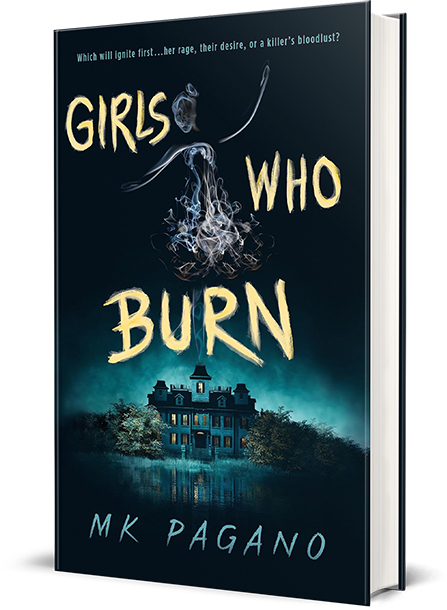Learning From The Masters: Setting the Scene

On Monday I discussed the struggles of toeing the line between too much description and not enough. And on Twitter I’ve been tweeting about my frustrations in trying to accurately describe the massive castle my story takes place in without bogging my writing down with too much detail. So today I decided to see how other people have done it…
Obviously I decided to start with Harry Potter. As much of a fan as I am of the series, I couldn’t remember the passage where Harry first lays eyes on Hogwarts. So I went back and read it. Here it is:
Slipping and stumbling, they followed Hagrid down what seemed to be a steep, narrow path. It was so dark on either side of them that Harry thought there must be thick trees there. Nobody spoke much. Neville, the boy who kept losing his toad, sniffed once or twice.
“Yeh’ll get yer firs’ sight o’ Hogwarts in a sec,” Hagrid called over his shoulder, “jus’ round this bend here.”
There was a loud, “Oooooh!”
The narrow path had opened suddenly onto the edge of a great black lake. Perched atop a high mountain on the other side, its windows sparking in the starry sky, was a vast castle with many turrets and towers.
“No more’n four to a boat,” Hagrid called, pointing to a fleet of little boats sitting in the water by the shore. Harry and Ron were followed into their boat by Neville and Hermione.
“Everyone in?” shouted Hagrid, who had a boat to himself. “Right then–FORWARD!”
And the fleet of little boats moved off all at once, gliding across the lake, which was as smooth as glass. Everyone was silent, staring up at the great castle overhead. It towered over them as they sailed nearer and nearer to the cliff on which it stood.
“Heads down!” yelled Hagrid as the first boats reached the cliff; they all bent their heads and the little boats carried them through a curtain of ivy that hid a wide opening in the cliff face. They were carried along a dark tunnel, which seemed to be taking them right underneath the castle, until they reached a kind of underground harbor, where they clambered out onto rocks and pebbles.
So the first thing that struck me about this descriptive passage was… how little description was actually in it.
It’s interesting, because I have a very clear picture in my head of what Hogwarts is supposed to look like. (Though I suppose part of that is because of the movies…) What I liked here is how JK Rowling focuses more on the action of getting to the castle–and little splices of character development (Neville sniffling)–than long descriptive sentences of the castle itself. It leaves so much to our imaginations.
Definitely something to take into account for my own descriptions!
Of course, Harry Potter and the Sorcerer’s Stone is very much a middle-grade novel, and I’m writing YA. I think it’s safe to say that as the Harry Potter series evolves, so does JK Rowling’s writing style. Perhaps I’ll look up the passage that describes Malfoy Manor for the first time as well (now there’s a place I’d love to visit!) And in the meantime, I’m going to be looking up how other writers do it. Stay tuned for another example next week!
Photo by Marc Zimmer on Unsplash


Nice observation! This is very fascinating stuff! Perhaps it is indeed better to leave the castle to the imagination and focus on the characters and their experiences. And although the story was written for middle graders, we shouldn’t forget that adults enjoyed these books just as much. It would make for an interesting experiment to see what readers liked better, description vs. experience. I look forwards to reading your next example!
Yes for sure. I so often use Harry Potter as an example because JKR’s writing style is so universally loved. Now to decide what other stories to use an examples…
[…] this is a much longer example than last week’s. With far more […]
[…] hope you’ve found these posts useful! (Example one here and example two here.) I certainly have, and will be incorporating what I’ve learned into my […]